Scene one-
An office setting, with the interviewer on one side and the interviewee on the other.
The interviewer has his resources ready and starts with the questions one by one.
“What is the most significant achievement in your current job?”
“Describe a situation where you had to encourage your team to generate new ideas for a recurring problem.”
“You are one month old into the organization, and there is a tier- one client visit scheduled. Due to the unavailability of the concerned person, you are required to attend the meeting. How will you manage?”
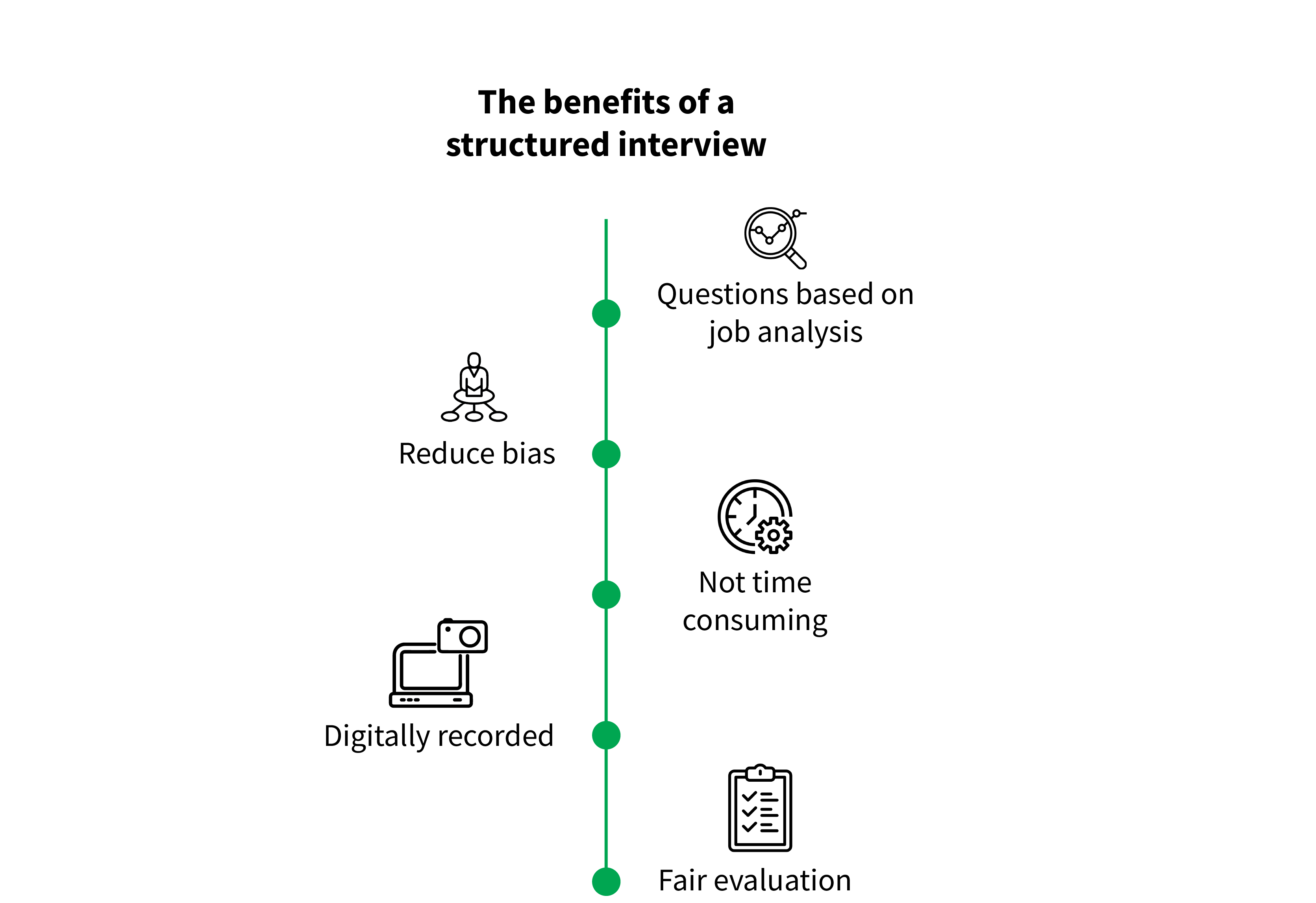
Advantages of Structured Interview:
Given below are some of the most significant advantages of structured interviews:
An easy process– since structured interviews mostly include standardized questions, it’s an efficient and straightforward process. By comparing respondents’ answers for the same kind of questions helps in identifying capability variability.
Easy to check reliability– it’s easy to check the reliability of a structured interview because it can be repeated so many times. Checking and repeating data continuously in a structured interview reduces the burden of the interviewer.
Better issue management– structured interviews provide interviewers with a comprehensive view of the whole issue. It comes in handy in various situations where decision-makers find themselves at loggerheads, and can’t assess conditions thoroughly.
Repurposing of questions- an experienced interviewer can also rephrase questions if he/she wants to change the tone and arrangement of questions for maintaining the efficacy of the interview process.
In-depth interview- with an in-depth structured interview, identifying the candidate’s level of understanding for any given topic becomes easy.
An active form of assessment- a structured interview is the most effective form of formative assessment. The method works wonders for administrators, enabling them to find the idea accurately and thought of the responder.
A better understanding of candidates– an applicant can better express his/her skills and abilities in a structured interview process. In this setting, the applicant can furnish interviewers with all the necessary information, be it personal or professional information.
Similarly, there are some cons of using structured interview as given below:
Building rapport is difficult- it’s evident that an element of rigidity prevails in a formal interview setting. In a structured format, both the interviewer and the participant need to be on the same page, which is often tricky in most cases. The most critical aspects of an interviewer’s personality are his/her demeanor and interpersonal communication skills. The reason is that the candidate being interviewed also wants to build a rapport with his/her interviewer. Since both parties emphasize on keeping the structure of the interview well focused, it becomes evident that the act of building up a proper relationship takes the back seat.
A certain level of discomfort- sometimes structured interviews become a nerve-wracking ordeal even for experienced or competent candidates. This fact holds true in those cases where a committee in place of just one hiring manager is appointed to interview candidates. Under such conditions, the candidate tries to showcase their skills, persona, and confidence, but many a time, performance gradually declines as pressure increases.
Lack of flexibility- mostly, interviewers feel that structured interviews that are specific to prearranged questions lack flexibility. There’s no scope for them to go beyond the interview protocol to dwell deeper into interviewee’s insights by asking unanticipated questions during the interview.
Incomplete reports- final assessment reports generated by structured interviews contain fragmented or incomplete information, which does not fully take the candidate’s circumstances and perspectives into consideration.
Chances of misinterpretation- all participants do not share the same level of vocabulary and may perceive questions in a structured interview quite differently based on their perspective. This could lead to variability in the types of responses.
Theoretically, structured interviews prioritize consistency and follow a formal structure, but practically, every participant is unique, and decision-makers must be considerate enough to readjust their strategy for unanticipated circumstances.
Structured interviews are frequently used in combination with various kinds of research interviews. For instance, an interviewer might choose structured interviews to conduct descriptive research and subsequently use unstructured or semi-structured interviews to look into specific areas.









 Behavioral Competencies
Behavioral Competencies Cognitive Competencies
Cognitive Competencies Coding Competencies
Coding Competencies Domain Competencies
Domain Competencies













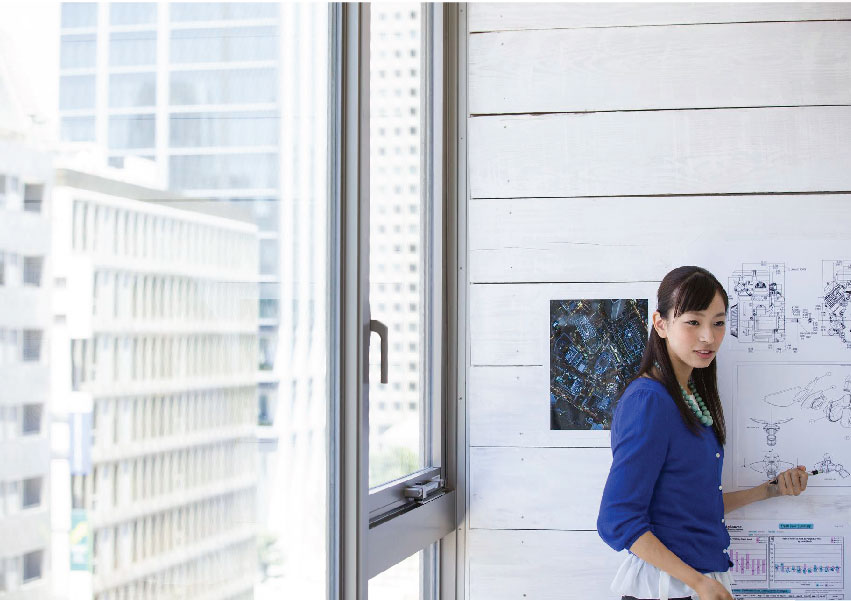
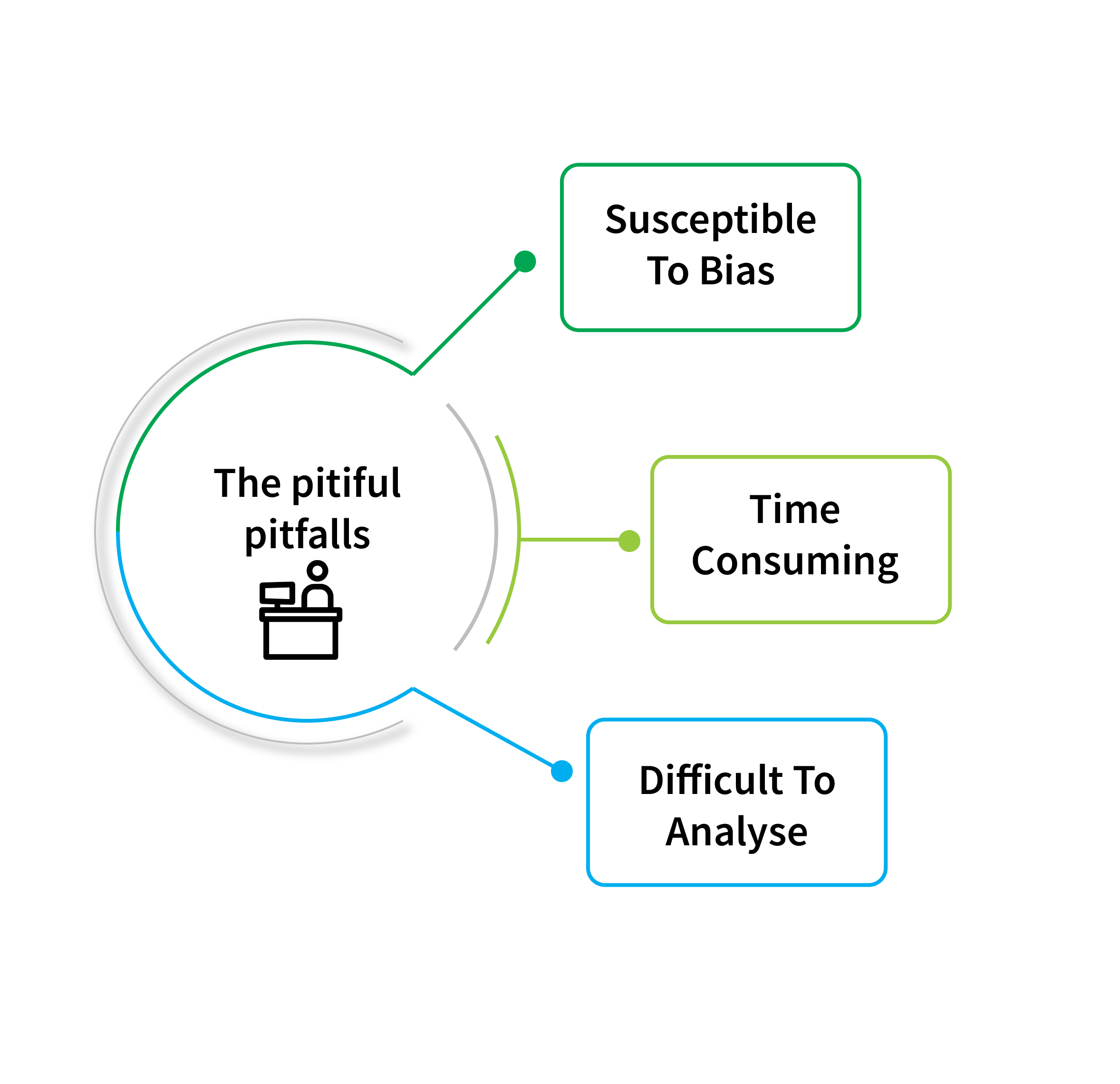
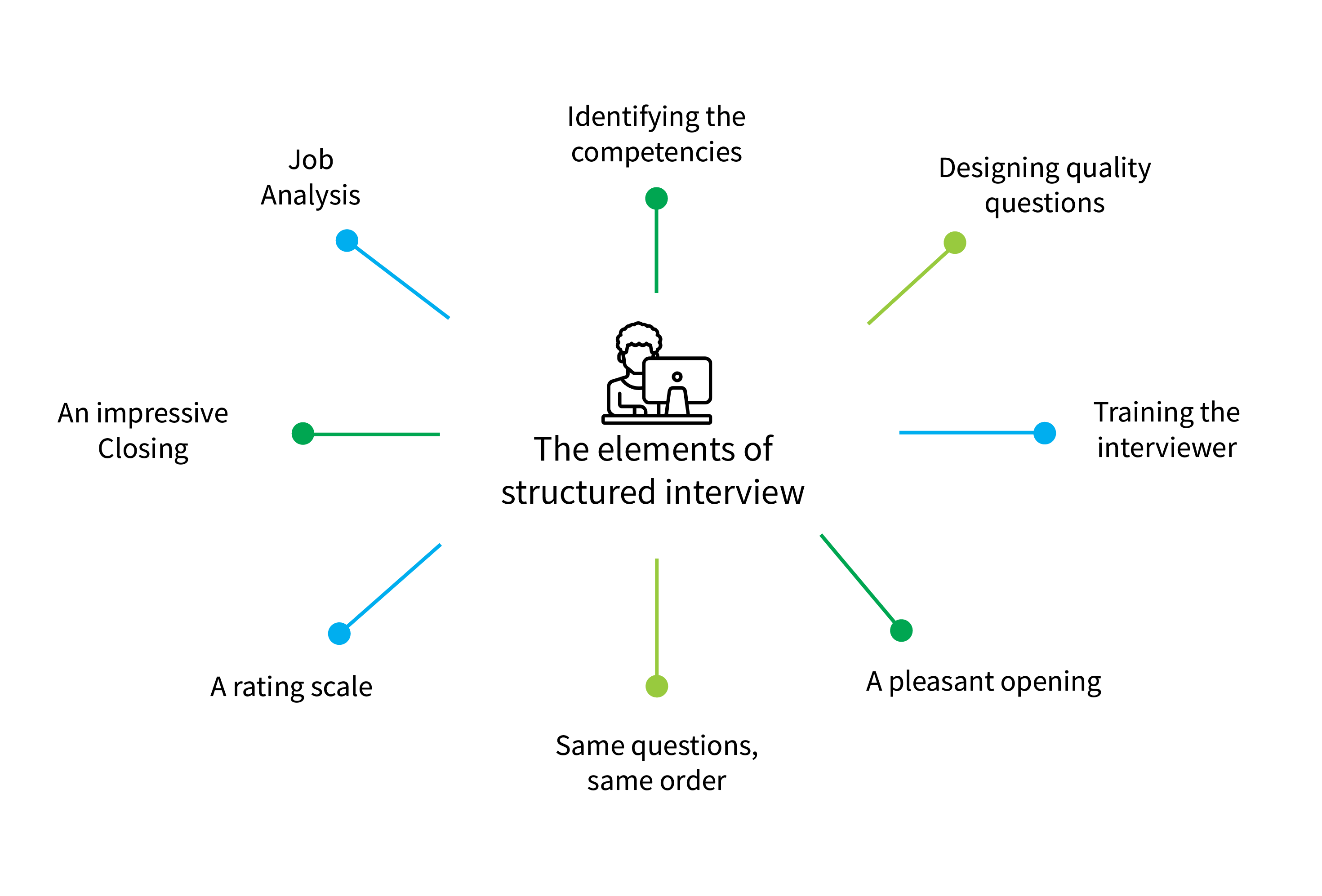

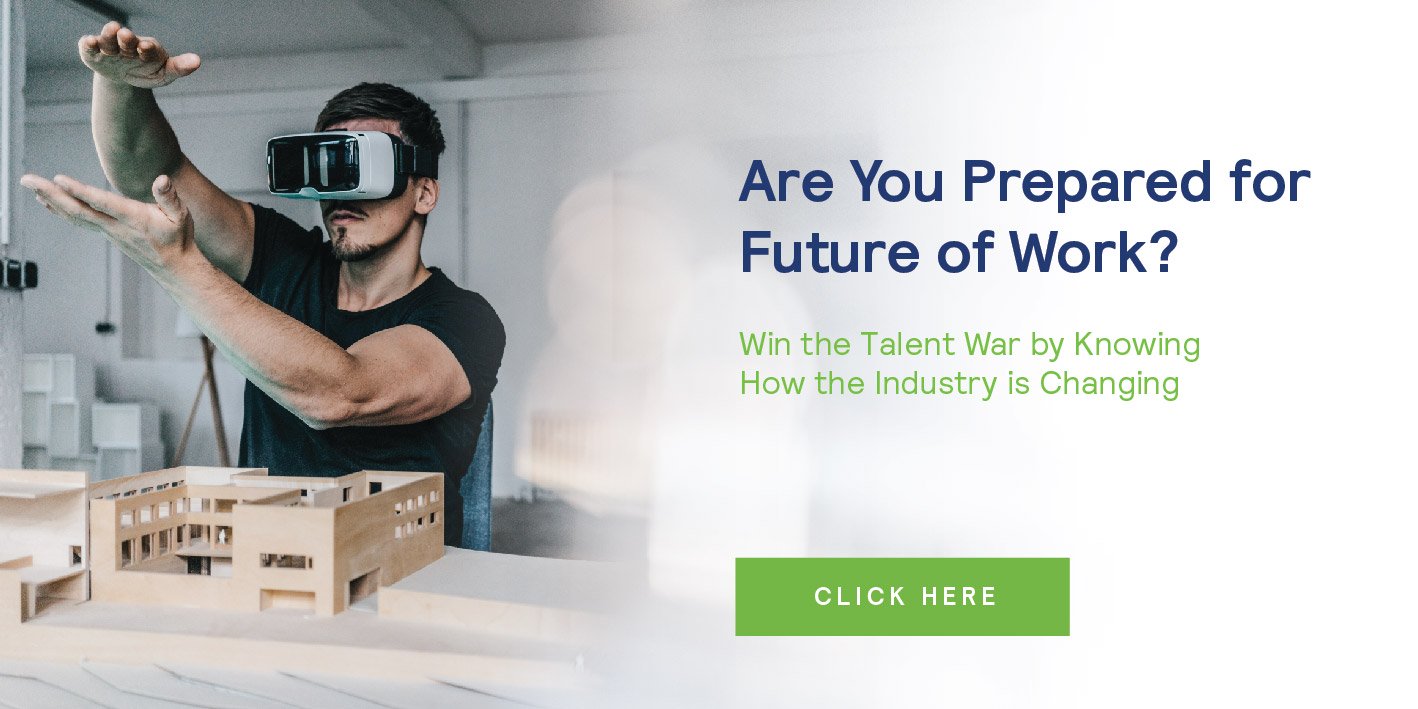










Would you like to comment?